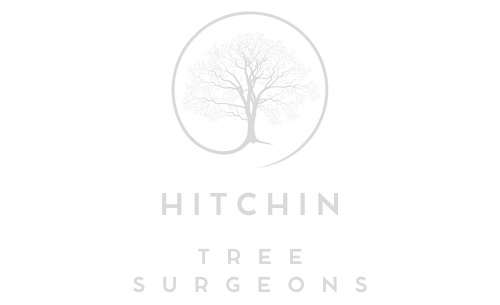Creating Havens: How Tree Trimming Enhances Wildlife Habitats
Introduction: In the intricate tapestry of nature, trees serve as vital pillars, providing food, shelter, and sanctuary for a diverse array of wildlife species. At Hitchin Tree Surgeons, we understand the profound impact that tree trimming can have on enhancing wildlife habitats and supporting biodiversity. In this blog post, we’ll explore the importance of tree trimming for wildlife habitat enhancement and how responsible tree care practices can foster thriving ecosystems.
1. Providing Food Sources:
Trees are a rich food source for many wildlife species, offering nourishing fruits, seeds, nuts, and insects that sustain birds, mammals, and insects throughout the year. By selectively trimming trees to promote fruit and seed production, arborists can enhance food availability for wildlife, attracting diverse species to the area. Additionally, pruning techniques such as crown thinning and deadwood removal can stimulate new growth and increase the abundance of foliage and flowers, further enriching the food resources available to wildlife.
2. Creating Shelter and Nesting Sites:
Trees provide essential shelter and nesting sites for wildlife, offering protection from predators, inclement weather, and extreme temperatures. Dense foliage, hollow cavities, and sturdy branches provide safe havens for birds, squirrels, bats, and other animals to rest, roost, and raise their young. By carefully trimming trees to maintain various structural features and habitat niches, arborists can create an inviting and diverse habitat that meets the nesting and shelter needs of a wide range of wildlife species.
3. Enhancing Wildlife Corridors:
Wildlife corridors are essential pathways that connect fragmented habitats, allowing animals to move freely and safely between different areas. Trees are crucial in creating and maintaining wildlife corridors, providing cover and resources that facilitate movement and dispersal. By strategically trimming trees along wildlife corridors, arborists can improve visibility, reduce barriers to movement, and enhance connectivity between habitat patches, helping to support healthy populations and genetic diversity among wildlife species.
4. Supporting Pollinators and Beneficial Insects:
Trees are vital to the survival of pollinators and beneficial insects, such as bees, butterflies, and beetles, which play a critical role in ecosystem health and food production. Arborists can attract pollinators by promoting flowering and nectar production through tree trimming, facilitating pollination and seed production for various plant species. Deadwood and decaying branches also provide habitat for insects and microorganisms that contribute to nutrient cycling and soil health, further enriching the ecosystem.
5. Fostering Ecological Resilience:
Healthy and diverse wildlife habitats are essential for maintaining ecological resilience in environmental challenges such as climate change, habitat loss, and invasive species. By enhancing wildlife habitats through responsible tree trimming practices, arborists contribute to the resilience of ecosystems, helping to buffer against the impacts of disturbances and provide refuge for wildlife during times of stress. A thriving ecosystem with robust populations of native plants and animals is better equipped to adapt and respond to changing conditions, ensuring its long-term viability and sustainability.
Conclusion: Tree trimming is critical in enhancing wildlife habitats and supporting biodiversity in urban and rural landscapes. Responsible tree care practices contribute to the health and vitality of ecosystems by providing food, shelter, and nesting sites for wildlife, creating wildlife corridors, supporting pollinators, and fostering ecological resilience.
Call us on: 01462 412 994
Click here to find out more about Hitchin Tree Surgeons
Click here to complete our contact form and see how we can help with your tree’s needs.

